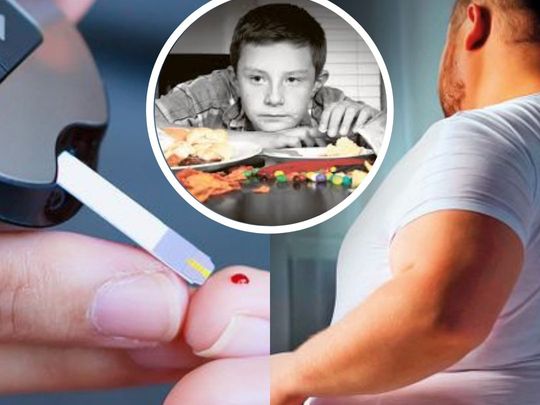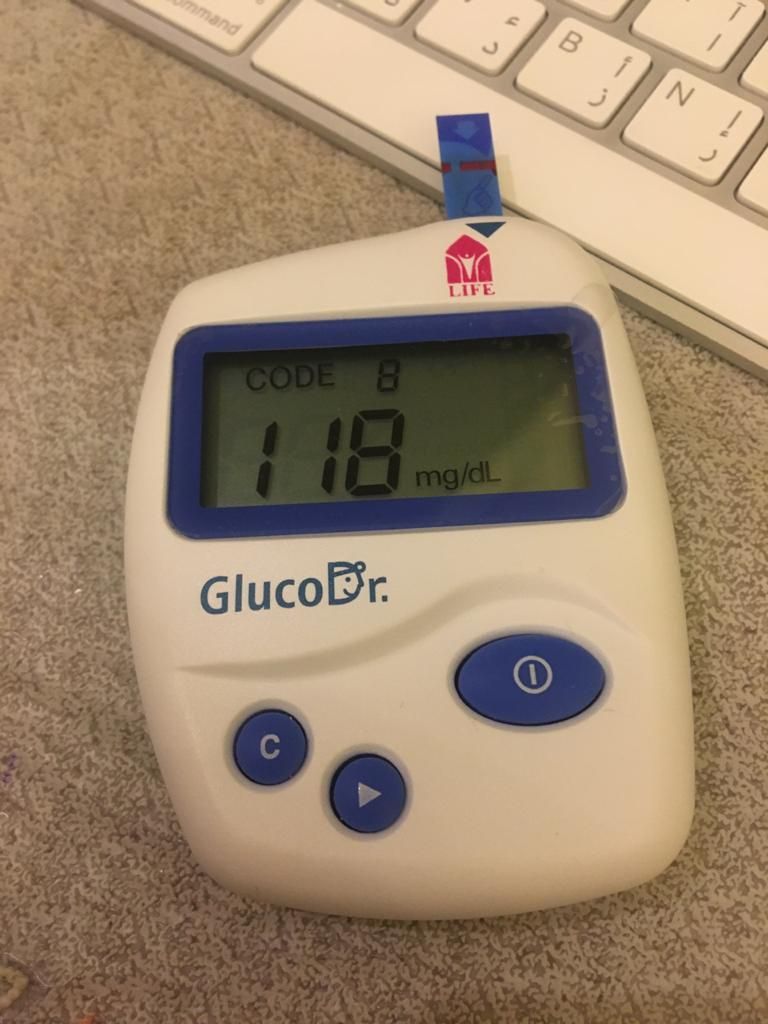
Dubai: It’s an epidemic worse than COVID-19. It certainly kills more than coronavirus in any given day or year, anywhere in the world. It afflicts 422 million people globally, with 1.6 million deaths each year.
It's an epidemic that will be with us longer than COVID-19, unless we allow ourselves to be bothered and do something about it now, or live a life of regret later.
It’s a silent, painless killer.
Diabetes, today, is one of the top 10 causes of premature death in the UAE, according to heath data pubished by the University of Washington. The incidence of diabetes has quadrupled since 1980, says WHO.
It's dubbed as a "silent pandemic." In the UAE, 19 per cent of the population suffers from the debilitating disease.
By comparison, the global comparative prevalence in 2013 was 8.3 per cent, according to The Lancet Diabetes & Endocrinology.
Damage of diabetes vs. COVID-19
COVID-19 is deadly and is indeed a pandemic. The actual case fatality rate (CFR) and incidence fatality rate (IFR), though, remain tentative for COVID-19. Recent estimates tend to be at the lower end of earlier estimates.
There are various mathematical models, with many placing overall CFR (number of deaths per known/diagnosed cases) at less than 1%.
For example, on Monday (May 25, 2020) the UAE has reported a total of 30,307 cases with 248 deaths — or a CFR of 0.81%. In most Gulf countries, a <1% CFR is the emerging trend, too. Dealth from COVID-19 in the UAE is also relatively low.
Some modellers even point to the fact the IFR for COVID-19 is actually the same same as seasonal flu — at .01%, but such numbers are preliminary as the pandemic is still active as mathematical models give out rather indicative numbers.
If COVID-19 is deadly, so is the diabetes. The latter has proven much deadlier.
COVID-19 has killed 248 people in the UAE since January 29, 2020, when the first case was confirmed, a Chinese tourist from Wuhan in Dubai. That's an average of 62 deaths a month for COVID-19.

The diabetes epidemic in the UAE gives a much grimmer picture. Data published by the WHO's country report on the UAE, estimated up to 15,000 deaths in 2016, of which 5% (750) directly linked to diabetes.
Consider this: The wider Middle East and North Africa (MENA) region has 38.7 million diabetes cases. That's 7x the total number of COVID-19 cases globally.
By 2045, diabetes cases in the Middle East is set to spike by a whopping 110 per cent, to 82 million, according to this report.

Undiagnosed epidemic
Diabetes is a lingering epidemic, one that is largely undiagnosed.
A study by the US National Institutes of Health revealed that the prevalence of total diabetes in the Emirati adult population in the Northern Emirates was 25.1 per cent. On the other hand, the prevalence of undiagnosed diabetes was 14.8 per cent.
In Dubai, underdiagnosis of diabetes is also prevalent. The same study revealed that the percentage of undiagnosed diabetes among expatriates is 11.3 per cent.
Testing is easy, and can be done at home, too
Testing for diabetes is important for one simple reason: you cannot fix a problem if you don't know what the problem is.
Fortunately, it's rather easy to get one's blood sugar tested. Home test kits that can check fasting blood sugar (FSB) in a flash are now pretty inexpensive.
The longer-term HbA1c test, also known as "A1c test", is usually done in labs and is now routine and helpful.
Reduction target: from 19% to 16.4% by 2021
What are we to do? There's much we do, even at home. And nobody else can do it but us. Let's begin with lifestyle changes, by eating healthy and exercising regularly.
The country's health authorities are aware of the problem and have launched several initiatives to reduce the rate of diabetes. The target is realistic: from 19 per cent to 16.4 per cent by 2021.
The point is, during this COVID-19 pandemic, when most of us are holed up at home, there's no excuse for not exercising or eating healthy.

The community quarantines had been eased and walking under the early morning sun is a good start. At home, there are a number of exercises we should all be doing, from squats to basic body weight exercises.
No matter where you are or how fit you are, a good muscle-flexing, sweat-it-out kind of daily regimen should be part of our daily routine. A good amount of daily exercise not only keeps diabetes at bay, but is key to keeping life in balance, which includes proper sleep, a healhty diet and social contacts, as well as avoidance of smoking, alcohol and illegal drugs. Physical health is also the key to mental health.
TAKEAWAYS
This COVID-19 pandemic is a lesson for us all. But it should point us to a much grimmer diabetes pandemic, but it's one which we're not completely helpless about.
Check out some of our basic exercise-at-home guides. The point is to move our muscles and sweat it out, to maintain lifelong functional fitness — and keep diabetes away. With weight loss and lifestyle change, there's hope diabetes can be reversed.
It turns out that beating diabetes is also a matter of social distancing — from unhealthy foods and a sedentary lifestyle. This is not just for you, but more so for me.
Yalla, let's move it. Start today.








